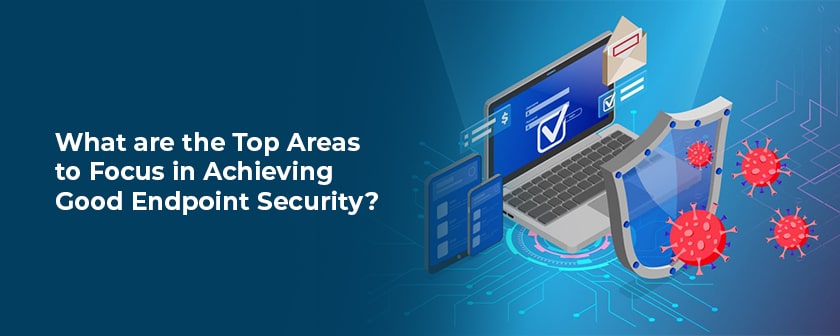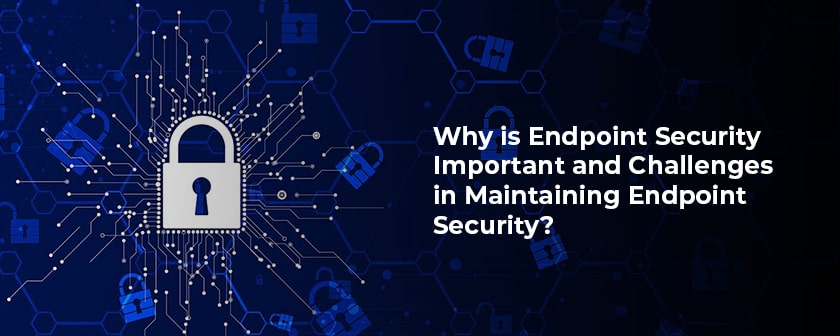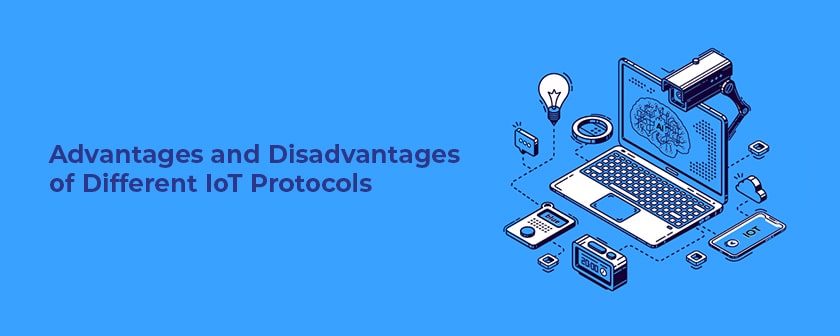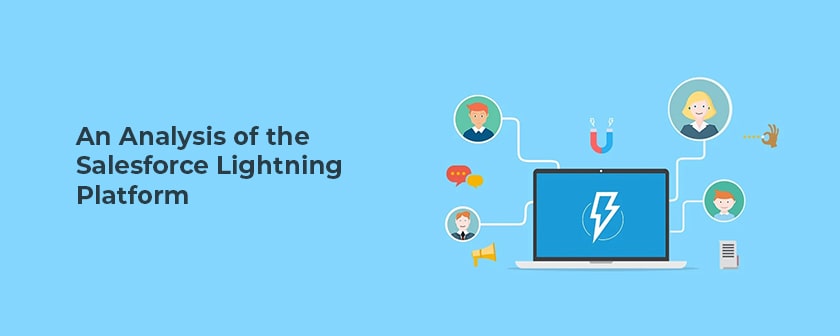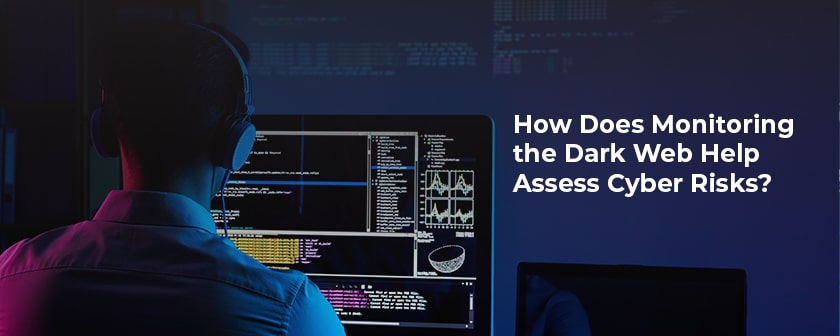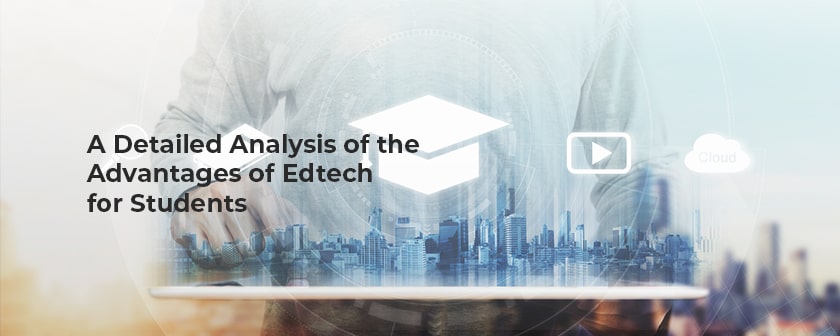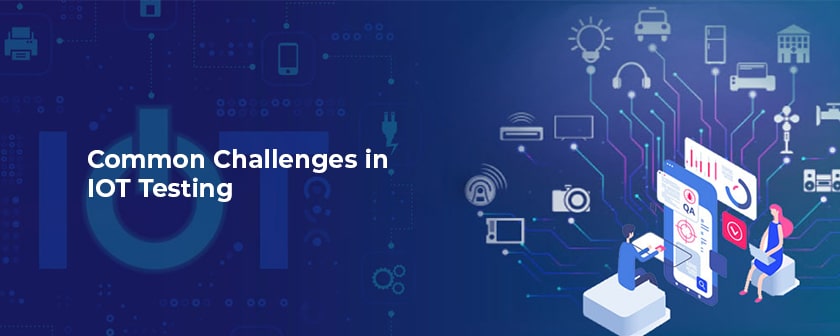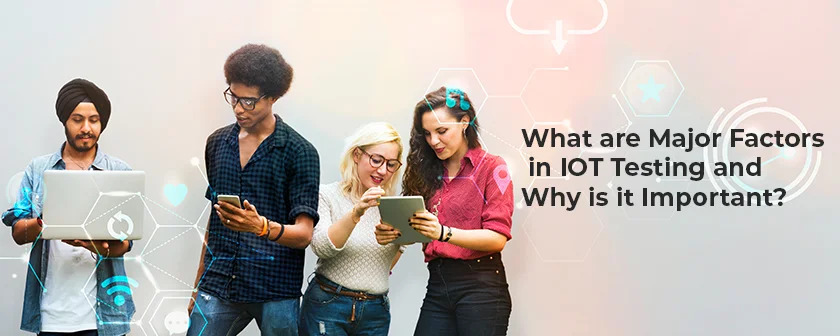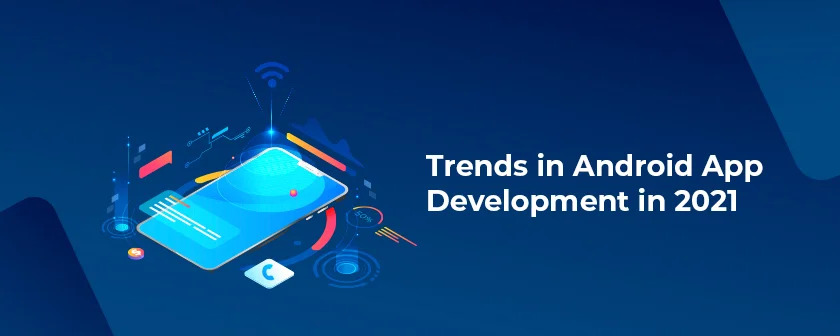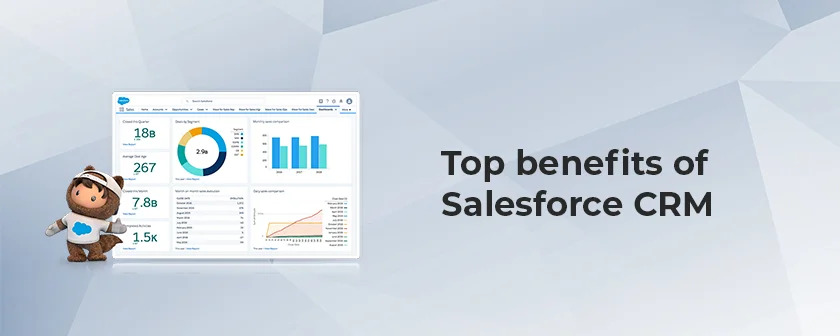With an explosion in the use of personal devices and the COVID pandemic adding to the pandemonium, the line between what is allowed at work and the BOYD (bring your own device to work) concept has become very thin.
Further, many companies like Microsoft deliver mobile-friendly apps and versions of the same software. When balanced against the convenience of work and quick response expected, organizations have to make a trade-off in security, albeit grudgingly!
Endpoint security refers to the end-user devices like tablets, laptops, desktops and mobile devices that connect to the business network. Looking at the latest series of attacks on various companies and networks, it becomes evident that a centralized security solution alone is neither all-encompassing nor enough. Endpoint protection is now one of the key areas as it is a readily identified threat and an easy vulnerability in any condition.
GRhombustech, among the leading cyber security companies in India, has compiled a list of some of the top areas to focus on endpoint security. It is to be noted that this is just a general list and is not comprehensive in any manner. For specific cases and discussions, the readers can contact us.
1. Awareness creation
Yes. People are the biggest assets, and constant reminders, awareness drives and poster campaigns on cyber security will help achieve an incident-free workplace. Not all employees are on the same level or carry the same mindset. Hence the constant reiteration of concepts by various creative means is required.
2. Antivirus solutions
Antivirus solutions are still a strong and dependable bulwark against any kind of local threat to devices, including malware infections. Files can be scanned against threat intelligence databases, and antivirus companies constantly deliver product updates and monitor the Internet ecosystem.
However, an antivirus is not a standalone security solution in itself and are not very useful in the case of advanced attacks or threats. But when combined suitably with other means of protection, it is a good choice.
3. Endpoint detection and response (EDR)
Being proactive is the key in cybersecurity, and EDR offers an excellent detection-mitigation model compliant with the principles of modern cybersecurity. EDR solutions give granular visibility and help monitor any files entering the various endpoints in a business. Further, proactive alerts to various teams in suspected and potential cases help nip any evil in the bud!
4. Application control
In the age of cloud computing, many businesses use third-party applications for various activities. Controlling application permissions, controlling what rights they are entitled to, identifying and vetting applications before installing are all some of the methods to ensure security. A ready list of white-listed, black and greylisted applications is also useful, and organizations can monitor based on the same.
5. Encryption
If data is encrypted in the endpoint, even if there is any known or unknown compromise, the data will remain safe. Provisions are made to ensure that any data transferred to and from the endpoint device is secured.
6. Sandboxing
Sandboxing refers to the concept of having an isolated and secure digital environment. Here, potential threats can be observed. Further, a sandbox is usually an exact replica of the typical end-user system, and hence, the behaviour observed will be authentic. With this solution, the IT team has a powerful tool to access the threat and vulnerability before it strikes.
7. IoT Security
Many IoT devices have default passwords and settings for user and connection ease. However, that by itself is a vulnerability. By ensuring that software updates and patches are rolled out regularly, changing passwords and other associated maintenance activities, IoT devices can also be secured and another gateway for compromise blocked.
Why GRhombustech?
GRhombustech is a leading custom software development in the UK and among the reputed cyber security companies in the UK. Driven by passion, we have key partnerships with companies across the globe in different areas and thus have the capability to offer all-around solutions to customers. Our speciality lies in delivering tailor-made solutions for organizations, and we take pride in our collaborative approach and holistic thinking.
Our team of experts serve clients across Europe, UK, USA, Middle East, and we cherish our long-term relationships with them built on values, engaging solutions and trust. GRhombus Technologies Private Limited is a subsidiary of GRhombus Consulting.
Have some security needs or questions? Contact us now!
